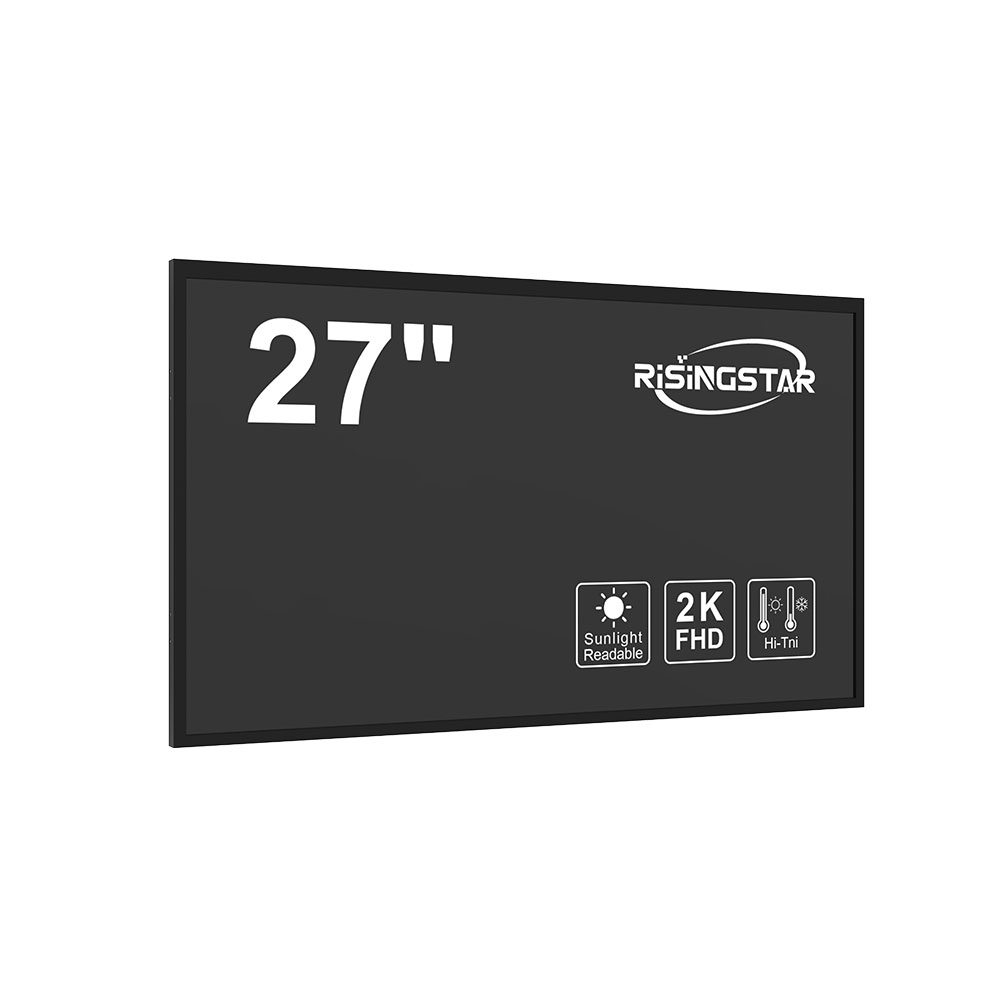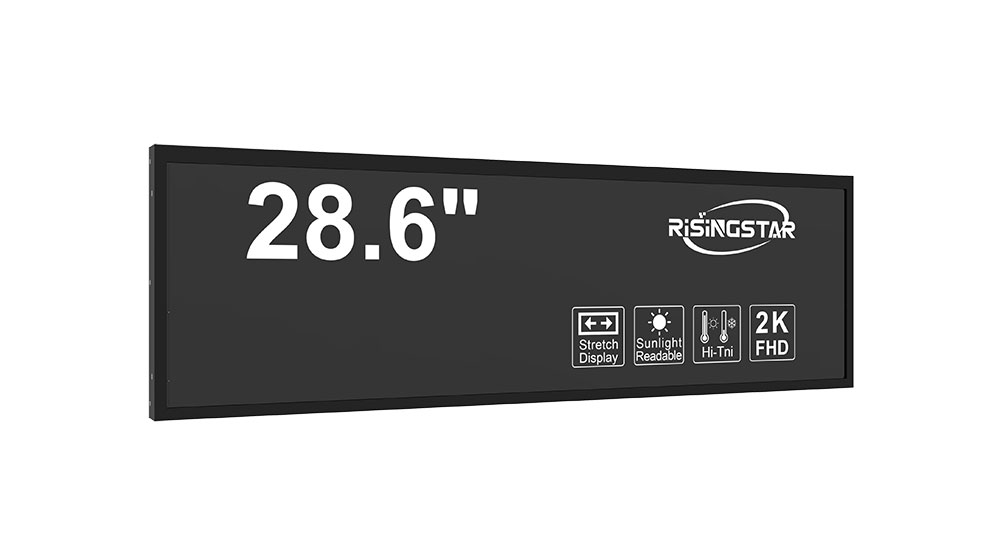- Home
- About Us
- Products
- News
- Video
- Contact
- Send Inquiry
Search
- Home
- About Us
- Products
- News
- Video
- Contact
- Send Inquiry

High-brightness sunlight-readable LCD screens are a critical technological advancement for displays operating under extreme environmental conditions—such as direct sunlight, high ambient temperatures, or rugged industrial settings. These screens are engineered to maintain visibility, durability, and performance when traditional LCDs fail due to glare, low contrast, or thermal stress. According to the International Electrotechnical Commission (IEC) standards, especially IEC 60068-2-1 (cold test) and IEC 60068-2-30 (damp heat), robustness is essential for mission-critical devices used in defense, transportation, medical, and outdoor industrial applications.
The core innovation lies in brightness enhancement technologies, such as advanced LED backlighting systems that can achieve up to 10,000 nits of peak luminance—far exceeding the typical 500–1,000 nits found in consumer-grade displays. This ensures clarity even under direct sunlight, where conventional screens become washed out. Additionally, anti-reflective coatings and polarized filters reduce glare by over 90%, while dual-layer optical bonding minimizes internal reflections and enhances durability against mechanical shock.

Case studies from the U.S. Department of Defense highlight the use of these screens in military field operations. For instance, the AN/PRC-152 handheld radio uses a 7-inch sunlight-readable LCD with 5,000-nit brightness, enabling clear readability in desert environments during combat missions. Similarly, in the maritime sector, companies like Navico integrate high-brightness LCDs into radar systems for commercial fishing vessels navigating tropical waters, where solar intensity exceeds 1,200 W/m².
Manufacturers such as LG Display, Innolux, and Candescent Technologies have adopted specialized fabrication techniques—including cold cathode fluorescent lamps (CCFL) replacement with high-efficiency LEDs, micro-lens arrays for light redistribution, and dynamic contrast algorithms—to optimize power consumption without sacrificing brightness. Furthermore, compliance with MIL-STD-810G for shock, vibration, and temperature extremes ensures operational readiness in mobile platforms like drones, armored vehicles, and remote sensing equipment.
These screens also meet ISO 14971 standards for medical device safety, making them ideal for portable ultrasound machines or emergency response units deployed in disaster zones. In such contexts, the ability to read real-time diagnostic data under harsh lighting is not just a convenience—it’s a life-saving feature.

From an engineering standpoint, future trends point toward integrating adaptive brightness control via ambient light sensors and AI-based contrast optimization. As global demand rises—from smart agriculture to autonomous vehicle dashboards—the need for reliable, human-readable interfaces under any condition will continue to drive innovation in this niche but vital segment of display technology.